
Russian soldiers drive T-90M tanks (Photo: Sputnik).
Russian forces have stepped up attacks on the city of Bakhmut since mid-January after taking control of the nearby salt mining town of Soledar, about 15km northeast of Bakhmut.
Ukrainian soldiers fighting in and around Bakhmut admitted to the Kyiv Independent that Russian tactics were effective. Russian forces would identify Ukrainian positions, use massive firepower to wear them down, and then attack with infantry. This tactic resulted in heavy losses.
Vladyslav, a Ukrainian infantryman, said the Russians usually appeared in groups of about five at night, but they seemed wary of close combat. Instead, the Russians used massive firepower to destroy the houses where the Ukrainians were hiding to watch the Russians. The Russian attack would last until the Ukrainians had to leave their positions to find better-protected shelter.
"They (Russia) are also fighting smartly," said Vladyslav.
Some Ukrainian soldiers deployed in Bakhmut said the Russian forces were divided into small groups of about 10 men and carried out fierce attacks. Ukrainian soldiers said the Wagner mercenaries could be part of the Russian attack groups, but it was difficult to distinguish them because they were all dressed the same.
According to Maksym, 33, an infantryman with Ukraine’s 5th Assault Brigade, Russia also deployed tactics in the area south of Bakhmut. Using drones, Russia would determine Ukraine’s position in the area. Then, Russia would fire mortar and artillery rounds, followed by infantry attacks, to surround the Ukrainian soldiers.
If the drones could not detect Ukrainian positions, Russia would send in a few soldiers to fire until they heard return fire, Maksym said.
The Russian tactics proved effective and pushed Maksym's unit back a total of 1.5 kilometers throughout February. Maksym said his unit sometimes had to move to another position 100-300 meters away, especially when nearby units began to retreat and the defense line began to collapse.
Maksym said Russian weapons such as mortars and Soviet-designed grenade launchers may not be accurate, but are "very effective infantry weapons" when used en masse.
Yevgeny Prigozhin, head of the Russian private military group Wagner, said on March 8 that his units had taken control of the entire eastern part of Bakhmut. The statement was consistent with the assessment of the US-based Institute for the Study of War (ISW) that Ukrainian forces had completed their withdrawal from the area. ISW estimates that Russian troops and Wagner forces now control at least 50% of the city of Bakhmut.

Bakhmut city in eastern Ukraine (Photo: Bloomberg).
The city of Bakhmut, with a pre-conflict population of about 70,000, is bearing the brunt of the fighting. Russian officials say taking control of the industrial city would give Moscow the opportunity to advance on other cities in Ukraine.
ISW predicts that if Bakhmut falls, Russia will likely push west along the highway to the nearby town of Kostyantynivka (about 20km from Bakhmut) and further northwest to Kramatorsk and Sloviansk - two central regions in eastern Ukraine.
The village of Ivanivske, located on the highway to Kostyantynivka and just 8km from Bakhmut, is one of the settlements that Ukrainian forces are fortifying. A deputy company commander of the 80th Brigade revealed that trenches are being dug along the highway from Ivanivske to Kostyantynivka to block the Russian advance in Ivanivske.
“If Russia captures Bakhmut, they will advance further south, to Ivanivske, then to Chasiv Yar and further west,” the Ukrainian commander said.
Source






![[Photo] Top players gather at the 2025 Nhan Dan Newspaper National Table Tennis Championship](https://vphoto.vietnam.vn/thumb/1200x675/vietnam/resource/IMAGE/2025/5/23/9ad5f6f4faf146b08335e5c446edb107)

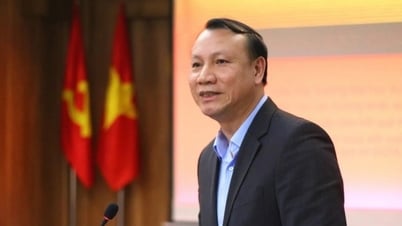

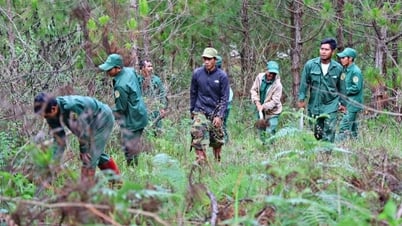
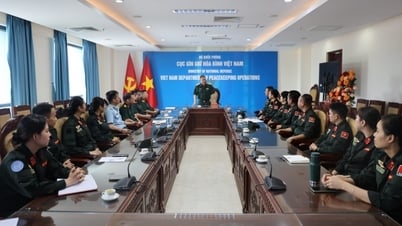

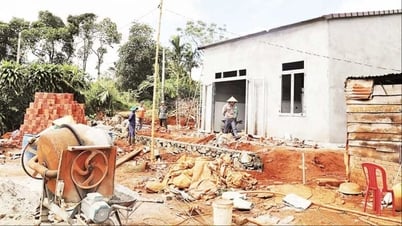





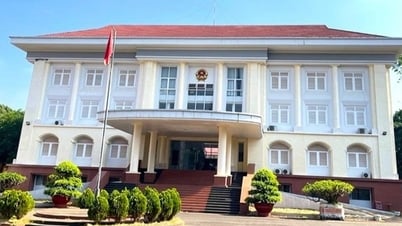






















































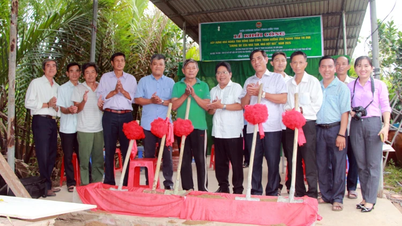







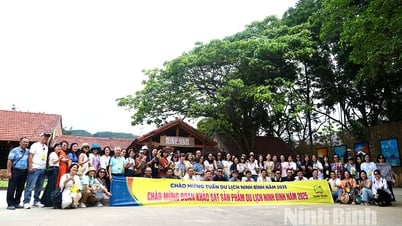











Comment (0)